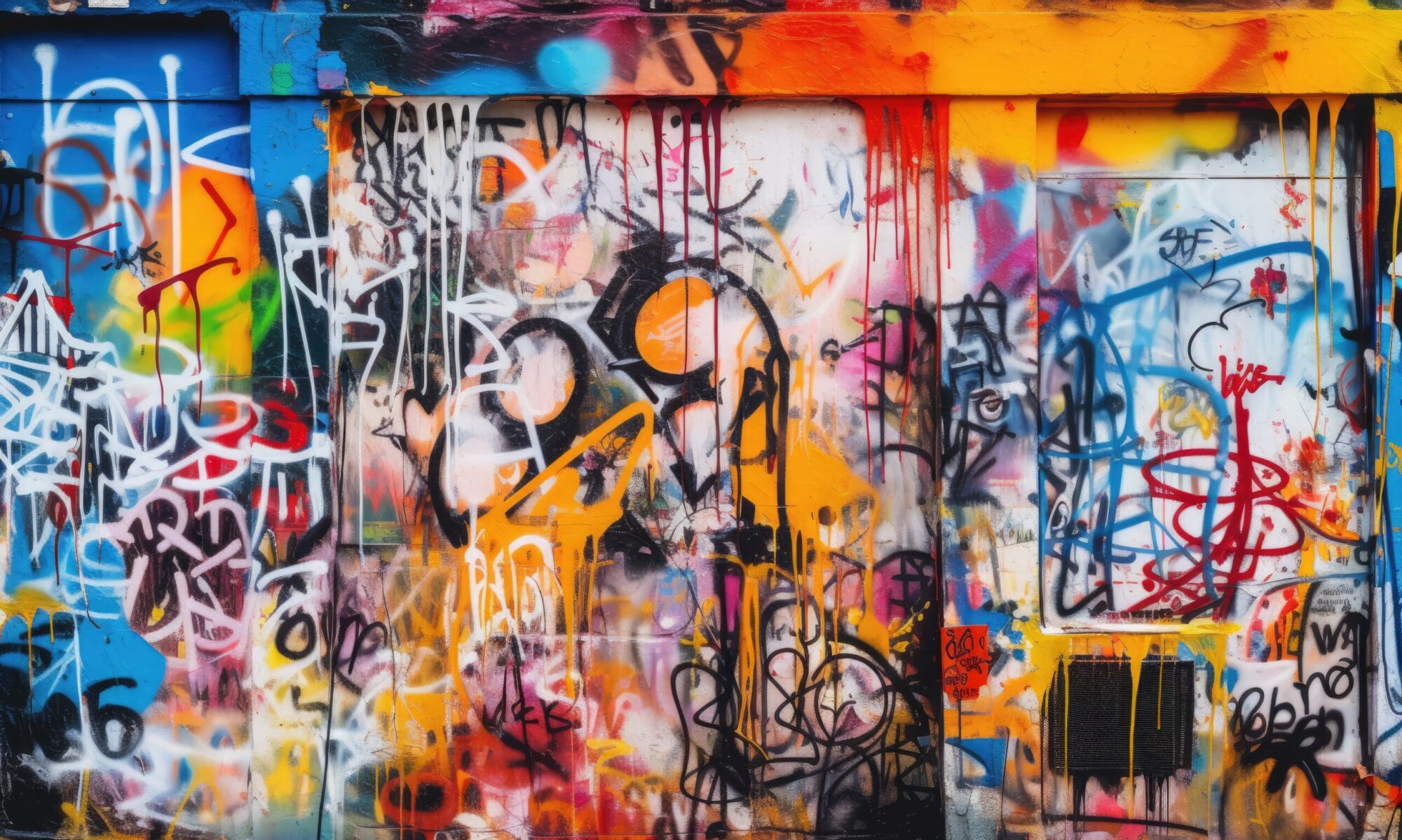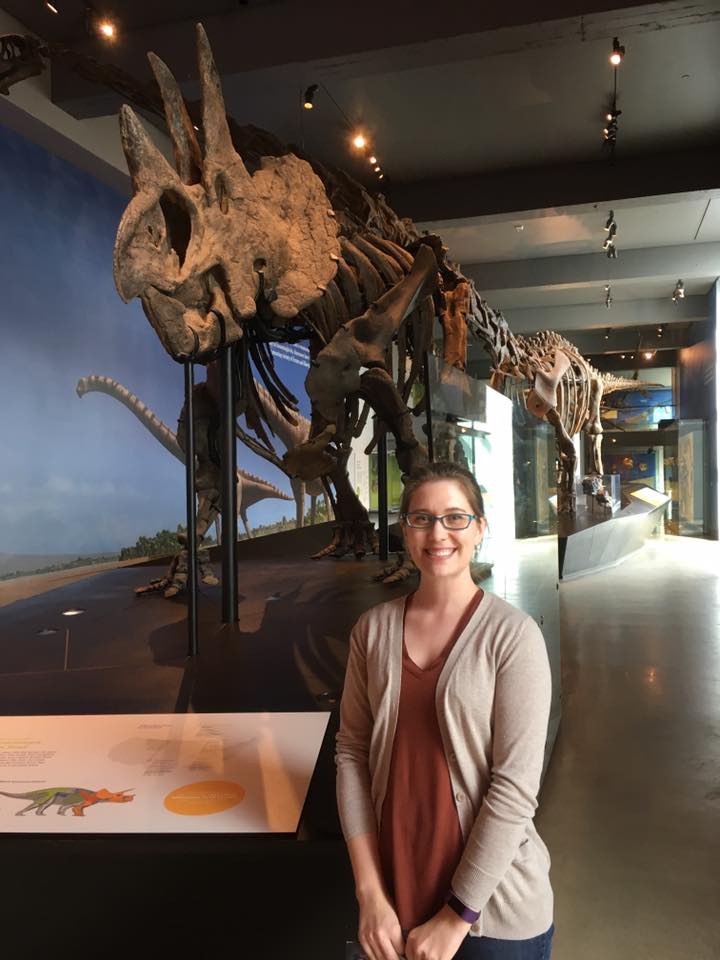We’re excited to be developing the Scholarly Communication Notebook (SCN), a hub of open teaching and learning content on scholcomm topics that is both a complement to an open book-level introduction to scholarly communication librarianship (coming along) and a disciplinary and course community for inclusively sharing models and practices. We’re currently working with ISKME to establish the SCN as an OER Commons Hub, coming soon. With generous support from IMLS, we’re pleased to be able to financially support the development of model resources for the SCN. Last fall we issued a CFP (the first of three) for projects to support the initial population of the SCN, and we’re starting to see those projects come to fruition. Last week, we shared the first of a series of posts about those projects. Here, we’re excited to share the next one, by Associate Professor and the Head of Research & Instructional Services at the Fashion Institute of Technology, Carli Spina. Carli has created a rich set of resources to support instruction at the intersection of copyright, disability, and accessibility (currently in a Google folder while the SCN itself is in development). This is an important topic that’s seeing increased visibility, and that we’re proud to support. Look for additional posts over the coming months, along with the second of three calls for proposals soon. Here’s Carli introducing her project:
Understanding how to make materials accessible to patrons is a vital topic for libraries, given that approximately 15% of the world’s population, or an estimated one billion people, is disabled. Beyond that, it is vital as we work to make access to information more equitable. While an important aspect of this work is understanding the technological aspect of making content accessible, I believe copyright is also central to this work. For that reason, it is important that librarians and others in the education field understand the copyright provisions in both U.S. and international law that apply to making copyrighted materials accessible for disabled individuals. With this knowledge, libraries can help to expand access to information to those who have been blocked from these resources in the past.
Because of this, I am grateful for Scholarly Communication Notebook’s support in creating open educational resources on the intersection of disability, accessibility, and copyright with a particular focus on U.S. law. I designed the materials to be used both in graduate courses related to copyright or accessibility and by practitioners interested in learning more on the topic. Topics covered include the Chafee Amendment and how it has changed post-Marrakesh Treaty, the role of accessibility in the Authors Guild, Inc. v. HathiTrust decision, the importance of the Marrakesh Treaty for international efforts to make materials accessible across borders, and how licensing provisions can impact these various rights. The resources include videos explaining the key points of each topic, along with editable slide decks for those who wish to build on the existing materials, activities and options for assignments, recommended pre-class readings, discussion prompts, and related resources for those who want to learn more on the topics introduced in this OER module. There are also teaching notes for those interested in using the module in a class they are teaching.
It is my hope that these materials will help to introduce these topics at the intersection of disability, accessibility, and copyright to interested learners in a variety of settings. I hope that they are of use and that interested instructors will be able to adapt and even expand these materials to fit their courses. And, I hope that they might even spark an interest in accessibility for those who do not have much familiarity with the topic.
About the Author
Carli Spina is an Associate Professor and the Head of Research & Instructional Services at the Fashion Institute of Technology. Formerly, Carli was the Head Librarian for Assessment & Outreach at the Boston College Libraries. She’s on Twitter at @CarliSpina.

